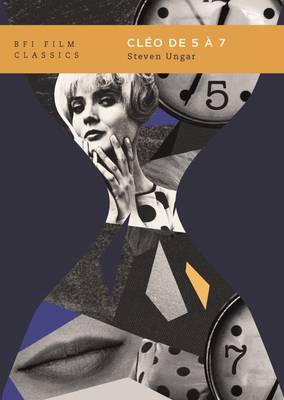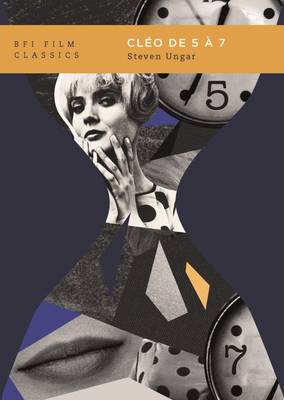
- Afhalen na 1 uur in een winkel met voorraad
- Gratis thuislevering in België vanaf € 30
- Ruim aanbod met 7 miljoen producten
- Afhalen na 1 uur in een winkel met voorraad
- Gratis thuislevering in België vanaf € 30
- Ruim aanbod met 7 miljoen producten
Zoeken
Omschrijving
Cléo de 5 à 7 (Cléo from 5 to 7), Agnes Varda's classic 1962 work depicts, in near real-time, 90 minutes in the life of Cléo, a young woman in Paris awaiting the results of medical tests that she fears will confirm a fatal condition. The film, whose visual beauty matches its evocation of early-Fifth Republic Paris, was a major point of reference for the French New Wave despite the fact that Varda never considered herself a member of the core Cahiers du cinéma group of critics-turned- film-makers. Ungar provides a close reading of the film and situates it in its social, political and cinematic contexts, tracing Varda's early career as a student of art history and as a photographer, the history of post-war French film, and the lengthy Algerian war to which Cléo's health concerns and ambitions to become a pop singer make her more or less oblivious. His study is the first to set a reading of Cléo's formal and technical complexity alongside an analysis of its status as a visual document of its historical moment. Steven Ungar's foreword to this new edition looks back upon Varda's film-making career and considers her contributions as a female auteur and in the context of the French New Wave.
Specificaties
Betrokkenen
- Auteur(s):
- Uitgeverij:
Inhoud
- Aantal bladzijden:
- 128
- Taal:
- Engels
- Reeks:
Eigenschappen
- Productcode (EAN):
- 9781838719364
- Verschijningsdatum:
- 28/05/2020
- Uitvoering:
- Paperback
- Formaat:
- Trade paperback (VS)
- Afmetingen:
- 137 mm x 188 mm
- Gewicht:
- 181 g

Alleen bij Standaard Boekhandel
+ 44 punten op je klantenkaart van Standaard Boekhandel
Beoordelingen
We publiceren alleen reviews die voldoen aan de voorwaarden voor reviews. Bekijk onze voorwaarden voor reviews.











